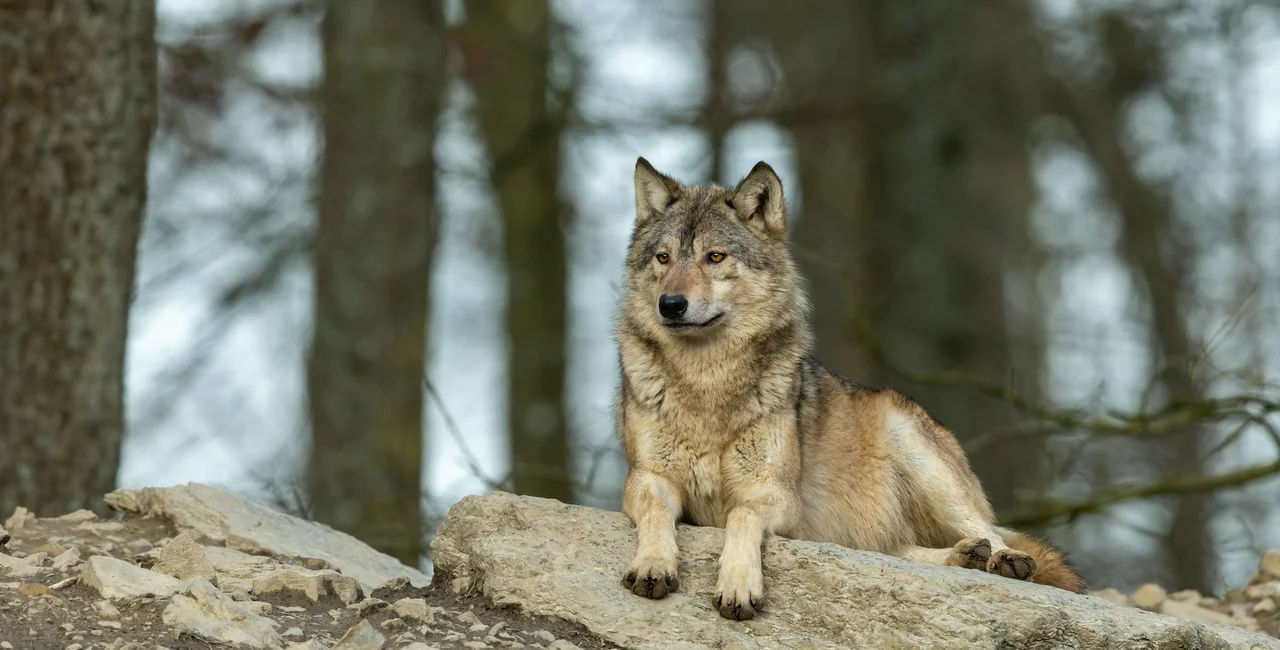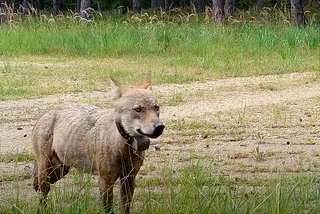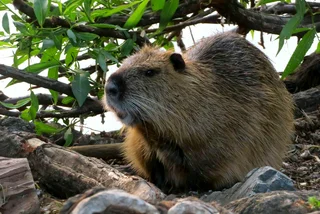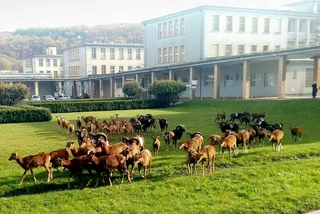Although experts doubted its chances of survival, an injured wolf made a surprising recovery and is once again wandering in its natural habitat in the mountains near the Czech-German border.
The first recovery of its kind in Czechia, this was a learning experience for conservation groups now better prepared to handle a similar incident in the future.
PARTNER ARTICLE
What happened to the wolf?
A wolf that was hit by a vehicle and found in a ditch by the side of the road in the Karlovy Vary region in September was released into the wild last week.
The process of treating and releasing the wolf was a joint effort by the National Network of Rescue Stations, Mendel University in Brno, and the State Agency for Nature and Landscape Protection, which coordinates the country’s wolf-care program.
"Initially, we did not believe that such a seriously injured wolf could recover to the point where it would be able to return to the wild,” Petr Stýblo, coordinator of the National Network of Rescue Stations, said in a press release.
Saved with money from the public
Colleagues from the rescue station in Krušné hory (Ore Mountains) that first took in the wolf persuaded the National Network of Rescue Stations to entrust them with its care.
Donations from the public were also a crucial part of the decision to treat the injured wolf, as hundreds of people donated money to cover the otherwise costly veterinary care.
Experts from wolf rescue centers in Germany and Italy shared their experiences, as this was the first injured wolf from the wild treated in Czechia.
“We did everything to ensure that the wolf's contact with humans was limited to a minimum and that he was provided with the needed care, including natural food,” Stýblo said.
DNA analysis showed that the wolf belongs to a pack that moves in the area of Boží Dar, a small village in Krušné hory to the north of Karlovy Vary.
Collar will track the wolf's progress
The wolf was fitted with a telemetric collar, which can function for two years and give precise data on its movements and behavior. Jindřiška Jelínková from the Nature and Landscape Protection Agency said the findings on its habits are extremely valuable.
According to Italian experts, the wolf should not pose a danger to people. None of the 83 wolves released by an Italian rescue center after medical treatment has ever started seeking the presence of people.
Jelínková said releasing the wolf close to where it was found is essential. “There is a good chance that it will find his original pack and join it. Wolves can recognize the members of their pack even after a long separation,” she said.

Mendel University zoologist Martin Duľa said the data will show whether the wolf has joined the pack or headed its own way to establish a new territory in the future. “Now we know that it is moving in the area of the pack it comes from,” Duľa said.
This incident highlighted the current weaknesses in animal rescue and helped set the rules for future cooperation among conservation groups. The university says it is already much clearer how to proceed in the event of another wounded wolf or large animal.
While Prague is far from the mountains, it also has a significant amount of wildlife. People can contact the animal rescue station if they encounter an injured wild animal. Last year, the station handled 5,175 animals from 125 different species. Overall, two-thirds of the treated animals were birds and most of the rest were mammals. For information on what to do if you find an injured animal, or if you want to make a donation, visit the rescue station's website.












 Reading time: 3 minutes
Reading time: 3 minutes 


























